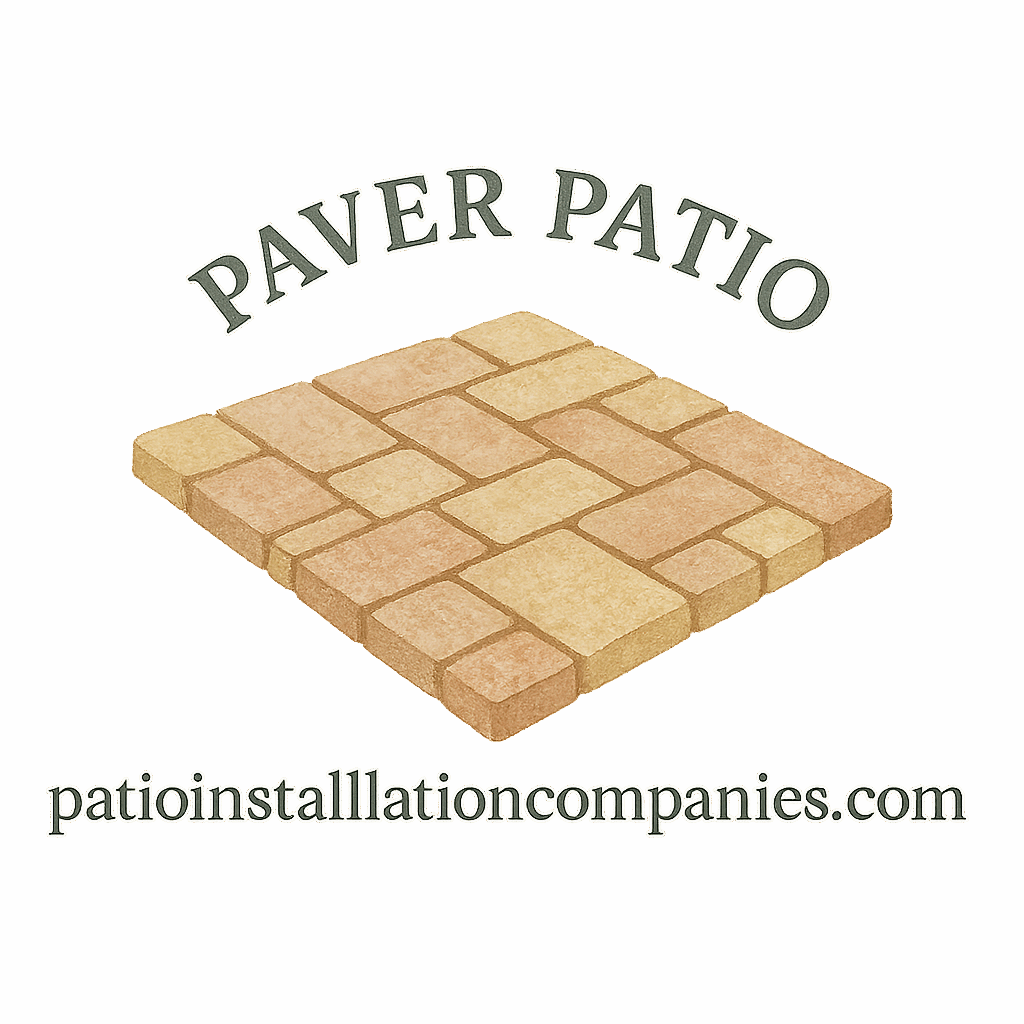So you’re dreaming of a beautiful backyard without breaking the bank? You’re not alone! Installing a paver patio by yourself is one of the best ways to add charm, value, and functionality to your outdoor space. And guess what? It’s absolutely doable—even if you’re not a seasoned DIYer. Let’s break it down.
Why Choose a Paver Patio?
Paver patios are not only visually appealing but also durable and customizable. Compared to poured concrete, pavers offer greater flexibility in design and are easier to maintain or repair. Whether you’re into modern minimalism or cozy rustic vibes, pavers let you express your personal style.
Want to explore more on design vs material? Check out this resource on concrete vs. pavers.
Tools and Materials You’ll Need
Basic Tools
Before diving in, gather these tools:
- Shovel
- Rake
- Level
- Measuring tape
- Plate compactor (you can rent this!)
- Rubber mallet
- Broom
- Garden hose
Essential Materials
Here’s what you’ll need material-wise:
- Pavers
- Gravel base
- Sand (coarse and polymeric)
- Edging restraints
- Landscape fabric
Tip: Explore affordable options via the affordable paver tag!
Step 1: Planning Your Paver Patio
This might be the most crucial step. A great patio starts with a solid plan.
Choosing a Location
Look for a level area with good drainage. Think about sunlight, access to your home, and proximity to outdoor features like a grill or garden.
Design and Layout Ideas
Go beyond squares and rectangles! Browse the latest paver patterns and creative outdoor design ideas to spark your imagination.
Budget-Friendly Planning
On a tight budget? No worries! Visit patio budget to explore cost-effective inspiration.
Consider Long-Term Maintenance
Select designs that are easy to maintain. For tips, see maintenance longevity.
Step 2: Mark the Patio Area
How to Measure Accurately
Use a tape measure to get your exact dimensions. Don’t forget to allow room for edging.
Marking with Stakes and String
Outline the area using stakes and string. This gives you a visual guide and helps keep everything square.
Step 3: Excavating the Area
Time to break ground!
Digging Tips and Safety
Dig about 6–8 inches deep, more if your pavers are thick. Always call your utility company before digging.
Disposing of Soil Properly
Use it elsewhere in your yard or haul it away. Check with your city about disposal guidelines.

Step 4: Add a Gravel Base
This layer is essential for drainage and stability.
How Much Gravel Do You Need?
A typical patio needs 4 inches of compacted gravel. Use the volume formula: L x W x H (in feet) to estimate your needs.
Leveling and Compacting the Base
Rake it smooth and compact thoroughly using a plate compactor. This prevents future shifting.
Step 5: Apply a Layer of Sand
Sand acts like a cushion for your pavers.
Screeding for Evenness
Use two pipes and a 2×4 board to screed (level) the sand. You’re aiming for about 1 inch deep.
Choosing the Right Sand
Opt for coarse, angular sand, not play sand. See material choice for more guidance.
Step 6: Laying the Pavers
Now comes the fun part!
Start from One Corner
Begin in a 90-degree corner and work outward, using spacers or a consistent gap for sand joints.
Use a Consistent Pattern
Check out paver ideas for inspiration on laying patterns.
Creative Paver Layout Ideas
Explore patio design to find trending patterns that’ll make your patio pop!
Step 7: Cutting Pavers as Needed
You’ll need to cut edge pieces to fit.
Tools for Cutting Pavers
Use a wet saw, angle grinder, or paver splitter. Rent tools if needed.
Safety Tips for Cutting
Always wear gloves, eye protection, and a dust mask. Safety first!
Step 8: Tamping the Pavers
Using a Plate Compactor
Run the compactor over the entire patio to set the pavers into the sand.
Ensuring Uniformity
This also helps level any slightly uneven stones, making the surface look polished.
Step 9: Fill the Joints with Sand
This step locks everything in place.
Polymeric Sand vs. Regular Sand
Polymeric sand hardens when wet—great for weeds and erosion prevention. Learn more at paver cleaning.
Sweeping and Settling Sand
Sweep sand into joints and then lightly mist with water. Repeat if joints settle.
Step 10: Finishing Touches
Now, personalize your space!
Patio Accessories and Décor
Add furniture, plants, and lighting. See patio accessories and outdoor décor for ideas!
Ongoing Care and Maintenance
Keep your patio pristine by checking out outdoor care and patio maintenance.
Final Thoughts
You did it! From start to finish, installing a paver patio by yourself is a rewarding project that boosts your home’s value and gives you a perfect hangout spot. Whether you tackled it alone or called a friend for backup, you now have a space built with your own two hands.
For even more backyard ideas, visit backyard enhancements and patioinstallationcompanies.com to dive deeper into all things patio-related.
FAQs
1. How long does it take to install a paver patio by yourself?
Usually between 2–4 days, depending on the size and complexity.
2. Can I install a patio without a compactor?
You can, but using one ensures a solid foundation and prevents future settling.
3. What is the cheapest type of paver?
Concrete pavers are often the most budget-friendly. Check patio comparison for details.
4. How much does it cost to DIY a paver patio?
Typically $4–$12 per square foot, significantly cheaper than hiring out. For more, visit cost contractors.
5. Are paver patios better than concrete patios?
Pavers are more durable, flexible, and repairable. Read about concrete vs. pavers.
6. Can I DIY a patio if I have no experience?
Absolutely! With planning and patience, you can totally handle it. Start with resources like installation DIY and DIY savings.
7. Do I need edging for my patio?
Yes, edging keeps pavers locked in place and prevents shifting.


